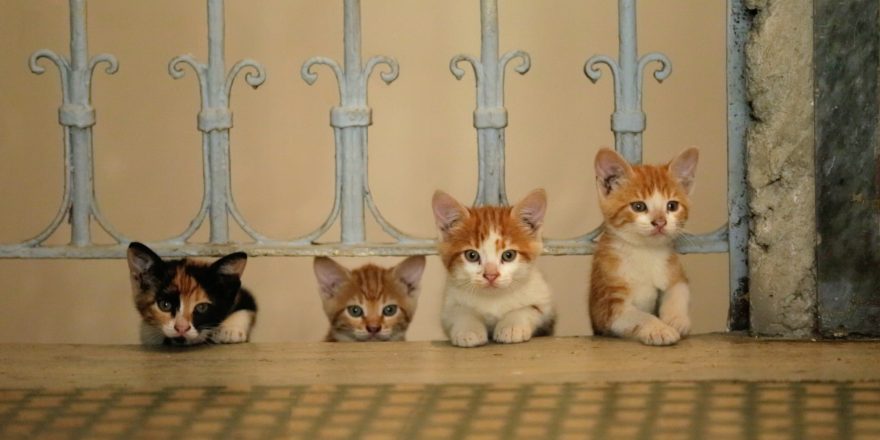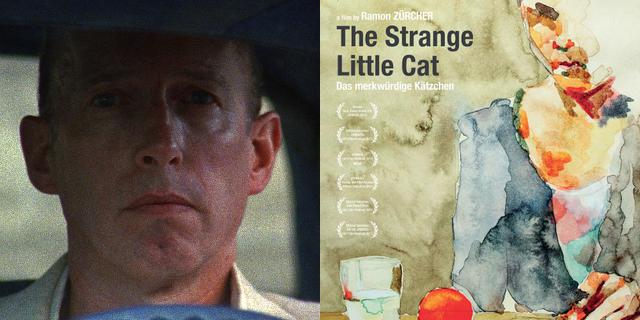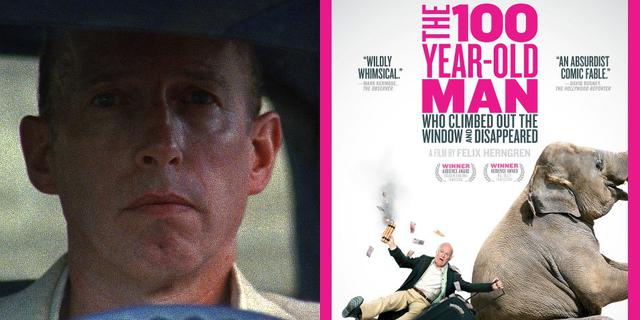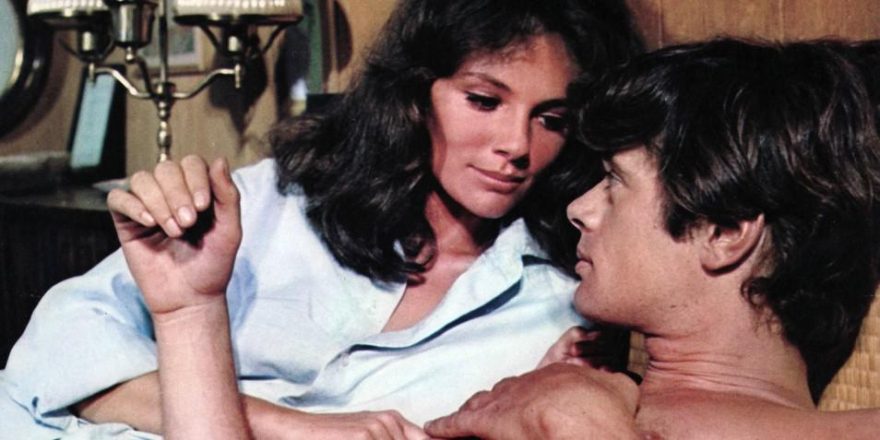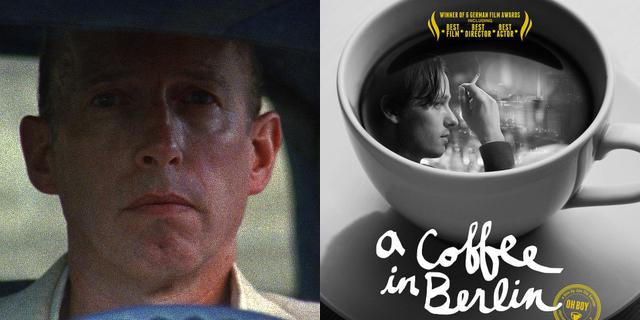Just over halfway through the recent movie Arrival, my mind began to wander; not that I was bored — on the contrary, I was engaged and fascinated with where the movie was taking us — it’s just that I have a bad habit of rewriting a movie while watching it, or at least thinking deeply about where it could potentially go. What I thought was, what if, after all the heroic attempts at communicating with the aliens, it turns out they aren’t here to see us at all, and they’re here to check in with the Earth’s population of domestic cats? Seriously. There are all kinds of bizarre theories people have come up with about cats being related to deities, past lives, space aliens, etc. — some of them wacky and fun, some of them serious and even sinister. Whether or not you believe any of this stuff, you don’t have to spend much time around cats to realize they know something about time that we don’t.
In the ancient but rapidly growing and changing city of Istanbul, countless cats have lived among the inhabitants for thousands of years, neither wild nor totally domesticated, and become an integral part of the fabric and the flavor of the place. These cats live independently, mostly outdoors, travel via sidewalks and rooftops, raise families, and many of them regularly interact with scores of human companions. It is estimated that hundreds of thousands of cats populate the city, though I’m sure an accurate number isn’t easy to come by since cats are even less reliable at filling out census forms than humans are. These are not what we in the U.S. call “feral” cats and consider a nuisance; in a city as vast and dense as Istanbul, contact with humans is essential to the cats’ social structure, and many of them are akin to store cats, or community cats, and are descendants of ship cats, who for centuries were employed to control the rodent populations on commercial vessels. For many residents of Istanbul, the city’s cats are a vital part of their community, and are often revered as holy.
Filmmaker Ceyda Torun, the director of the new documentary Kedi, lived in Istanbul until age 11 and returned to her childhood home make this film which centers on the feline population in Turkey’s biggest city. Torun and cinematographer Charlie Wuppermann began capturing footage of Istanbul’s cats and developed a way of filming at “cat level,” traveling along sidewalks and alleys a few inches off the ground to get a feline’s perspective of movement, or sometimes following an individual cat’s travels. This footage, which sometimes tails cats into their homes and hiding places, is fascinating and sometimes comic, but unlike many cat videos, it never compromises the dignity of these creatures.
Kedi starts out by following a yellow and white tabby down a street; she seems to have a sense of purpose, stops at a sidewalk cafe, begs for food, gets a scrap, is shooed away by someone else but then comes right back, the way cats do. A woman who has become acquainted with this cat over time tells us that she used to sleep a lot, but that having kittens changed her; now she is busy and industrious, feeding and caring for her family. In the first few minutes of Kedi, we see her score a large piece of food, then head down the sidewalk with it in her mouth. It would be comic, except we know she has a mission. She comes to a closed door, meows until a man opens it for her, then slips inside to where her hungry kittens are waiting.
Over the course of the film, we meet half a dozen cats, each given a name or nickname — which reminded me of the classic Maysles documentary Salesman, the series of portraits and their nicknames, “The Rabbit,” “The Badger,” etc. The cats in Kedi live in various neighborhoods, each with a person, or several people, who have come to know them as a friend and have unique observations about their personalities. The lives of these cats aren’t always easy and sometimes ends tragically. The humans who look after and love the cats have to accept that. It’s fascinating to hear each person’s philosophical take on the nature of these companionships, which run from practical to spiritual, and extend to musings on the importance of animals in our lives, to enhance both our health and our spirit.
Though I’ve had the good fortune to live with cats at various stages of my life, there were times when it was not possible or practical, and in a few instances I’ve known what I called “visiting cats” — and while this isn’t quite the same thing, as I believe these cats had homes, Kedi brought back memories. I lived in a small, no-pets-allowed apartment once with one of those tiny, unusable balconies — except that it was used by a big tabby cat who would jump from an AC unit to the bottom step of the fire escape and then up to the balcony, visiting each morning around coffee time. He’d come in, make himself at home, and sometimes go right for the cupboard with the catnip tea. After some months, another cat started the same habit — I guess the word got out. I know other people, like my elderly aunt, who care for individual cats who live outdoors, never come in the house, but otherwise are tame, and provided outdoor shelters and enough food and warmth to get through hard winters.
My favorite scene in Kedi is where a woman describes a cat (who she first “met at a cafe”!) who is a regular visitor to her apartment — she doesn’t usually let cats in because she has a cat, but she was fascinated with this guy because he always came to the window sideways, in profile, and raised one paw as if knocking. There is something about that description and image that is so odd, yet also familiar if you know cats. There are scores of descriptions and anecdotes like this throughout the film, and even if you are not a “cat person,” you must appreciate that cats are as odd and mysterious as any creature on Earth. The footage the filmmakers have captured here is incredible; it’s fascinating to watch them roam and climb, to interact with seagulls, humans and each other. I’ve watched the film like 16 times now — I can’t get enough, and I’m trying to figure out a way to afford a trip to Istanbul, which has apparently changed irreparably in a short time, as many cities have, but based on what we see in this movie is still so visually and culturally rich and beautiful, filled with stories and history, fascinating people, and cats.


